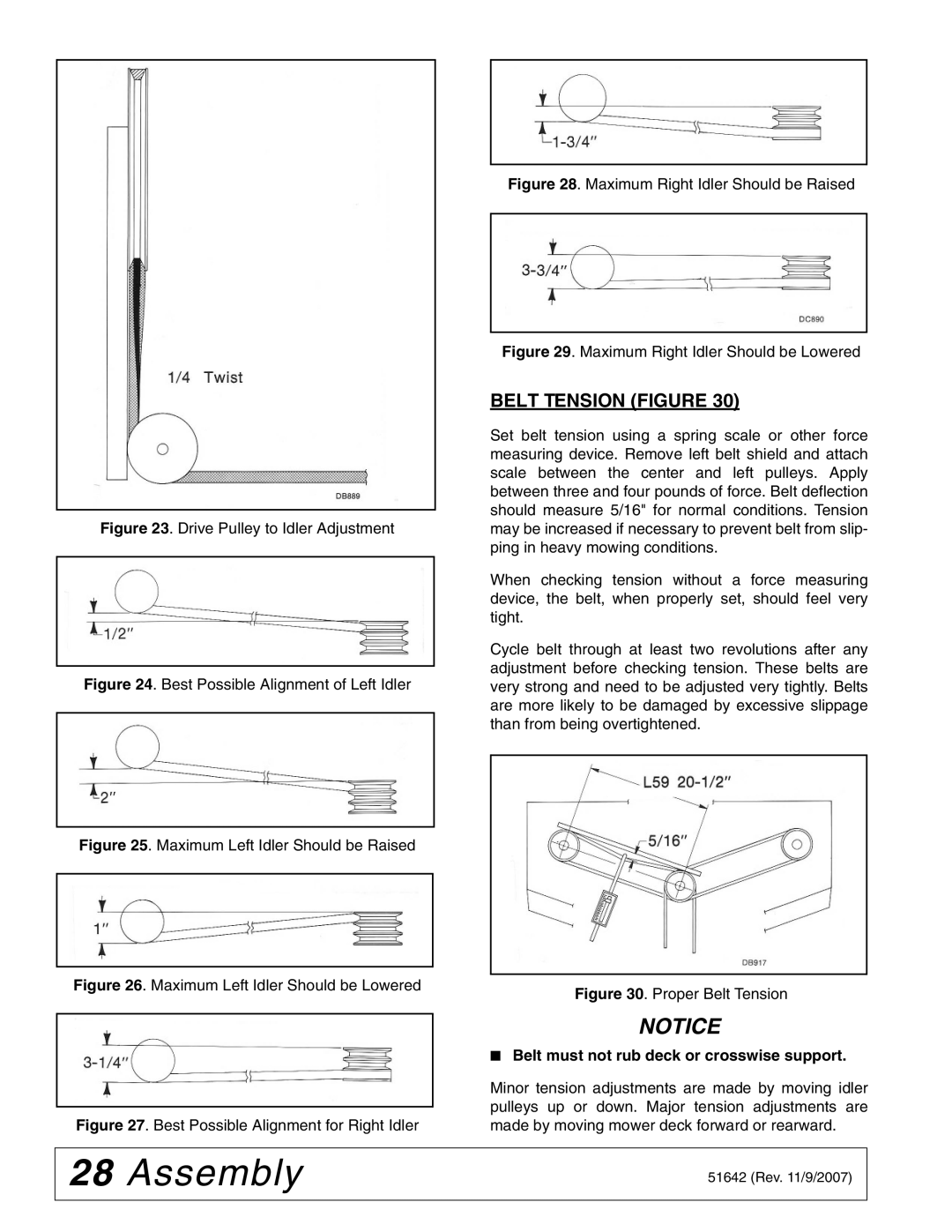
Figure 23. Drive Pulley to Idler Adjustment
Figure 24. Best Possible Alignment of Left Idler
Figure 25. Maximum Left Idler Should be Raised
Figure 26. Maximum Left Idler Should be Lowered
Figure 27. Best Possible Alignment for Right Idler
Figure 28. Maximum Right Idler Should be Raised
Figure 29. Maximum Right Idler Should be Lowered
BELT TENSION (FIGURE 30)
Set belt tension using a spring scale or other force measuring device. Remove left belt shield and attach scale between the center and left pulleys. Apply between three and four pounds of force. Belt deflection should measure 5/16" for normal conditions. Tension may be increased if necessary to prevent belt from slip- ping in heavy mowing conditions.
When checking tension without a force measuring device, the belt, when properly set, should feel very tight.
Cycle belt through at least two revolutions after any adjustment before checking tension. These belts are very strong and need to be adjusted very tightly. Belts are more likely to be damaged by excessive slippage than from being overtightened.
Figure 30. Proper Belt Tension
NOTICE
■Belt must not rub deck or crosswise support.
Minor tension adjustments are made by moving idler pulleys up or down. Major tension adjustments are made by moving mower deck forward or rearward.
28 Assembly | 51642 (Rev. 11/9/2007) |
|
